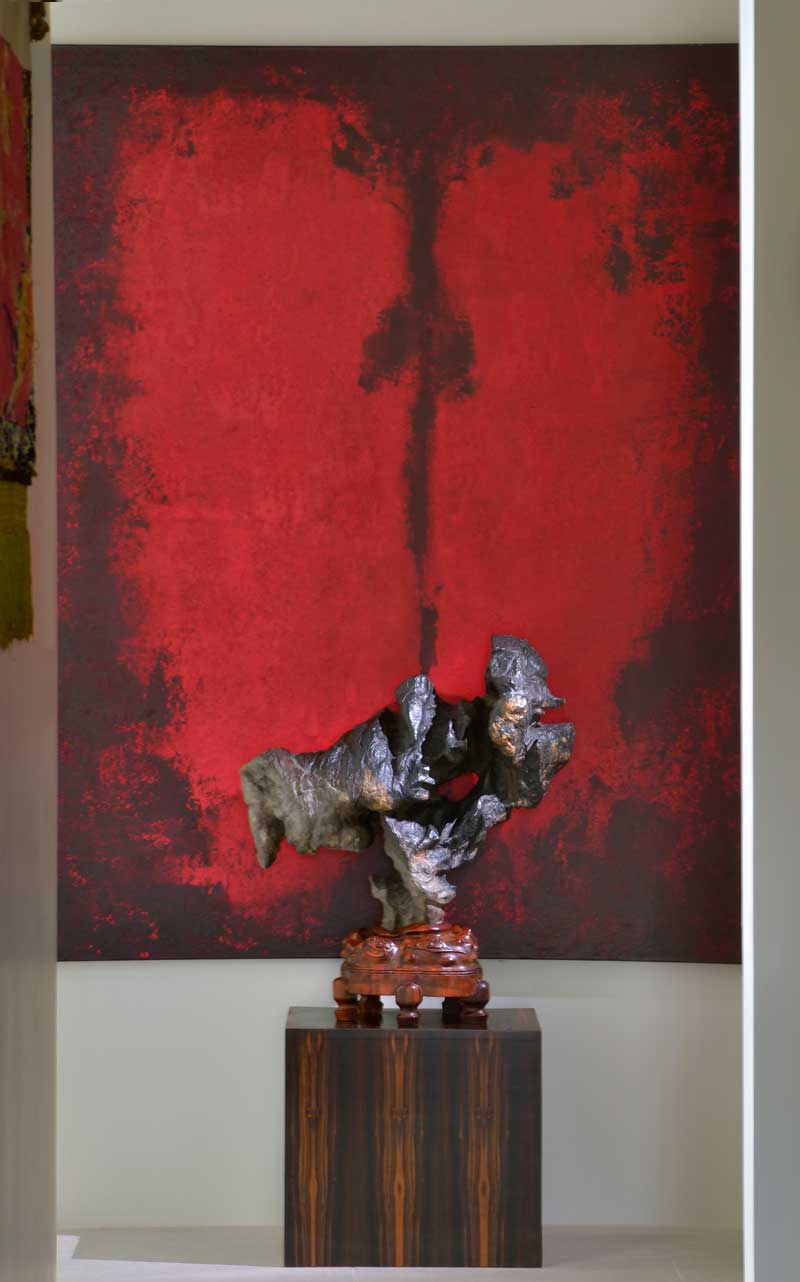
This article was printed in the
Autumn 2019 issue of Chic Compass Magazine.
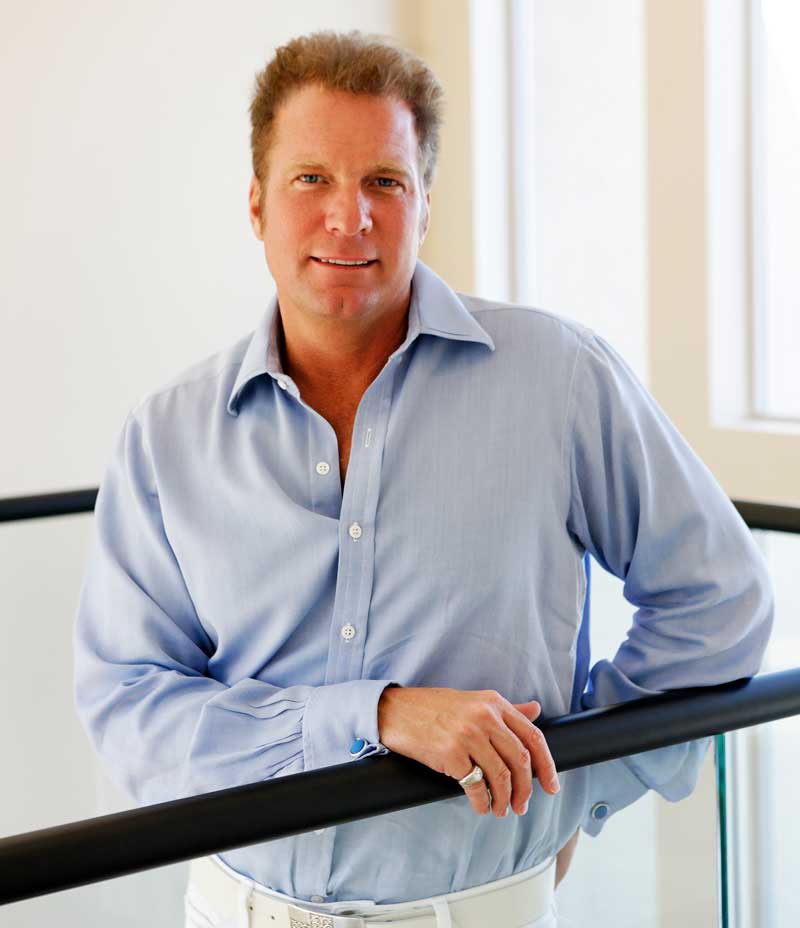
Thomas Burger: More Than A Designer
BY JOAN S. PECK
It’d been a while since I was at Thomas Burger’s home, and when I walked into it once again, I immediately felt welcomed and at home in the way only a peaceful, beautifully well-designed home reflecting a friend’s personality can do.
As always, once inside, I was excited to look everywhere, drawing in the beauty and uniqueness of each treasure and detail. Thomas Burger is more than a designer. What you will come to learn is that one of the ways that make Thomas’ designing so unique is his ability to find and honor within his designs that which embraces your soul’s spirit. By doing this, he brings out the essence of who you are, making your home extraordinarily complete in its Zen-like quality—that dynamic stillness—that soothes your soul and makes you know you’re home.
Thomas’s story is fascinating. He grew up the youngest of five (four older sisters) amid beautiful antiques and original artwork by famous artists, such as Peter Paul Rubens, Van Dyke, Vermeer, along with 16th-century Flemish tapestries, 15th-century writing desks, and other museum-worthy pieces. His grandparents and parents were all collectors and traveled the world, bringing back valuable treasures, as he does now. Every weekend he went with them to auctions, and he became adept at spotting and choosing exceptional pieces that hold value. He has a laser-focused eye, which he says you need at auction since you have to be able to discern between great and good.

Even today, when he shops for antiques for his clients, he quickly scouts out the merchandise for unique pieces by walking around the store in one direction and then reversing his walk so that he doesn’t miss anything. Because his family has similar taste, when he is with them, “I have to be very quick to pick out my items and set them on the counter,” he laughs.
Thomas is so interesting—I could talk with him forever. But I wanted to ask him some basic questions before I forgot. So here they are:
Where did you go to college?
TB: “I went to Indiana University and graduated with a degree in mathematics and physics with understudies in chemistry, biology, and psychology. I ended up focusing more on mathematics because I was really good at math, enough to be honored with the title of Hoosier Scholar.”
What did you intend to do with your degrees?
TB: “I had no idea. I just happened to excel in the sciences. My parents had a scientific background, as well. My father was a surgeon, and my mother studied chemistry and mathematics. But their lifestyle revolved around art and architecture. Ironically, we educated ourselves in the sciences, but in our environments, we expressed ourselves in the arts. And I believe that when you have a great understanding of science you appreciate art that much more.”
What did you do after graduation?
TB: “I traveled throughout Europe to study architecture and art. Then, at the age of 24, I went to New York City and attended the New York School of Design to learn design.”
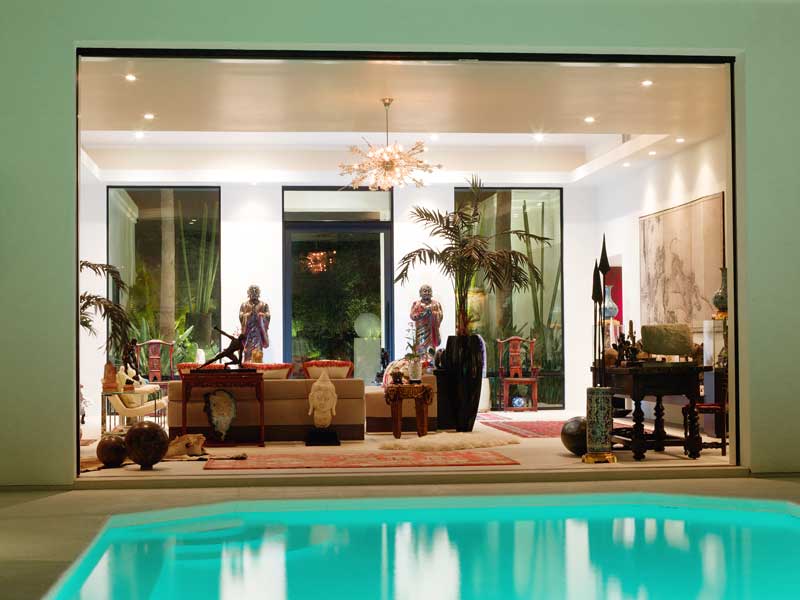
What was it like living in New York?
TB: “I started out with 68 cents when I landed in New York. Once I was on my own, I was really poor. One can of tuna fish was my one meal of the day. I slept on a hardwood floor – no pillow, no blanket. But my parents had faith in me. They would say, ‘You made your bed, now sleep in it,’ as the expression goes. But I had no bed,” he smiles. “I couldn’t go out for dinner or out for a drink with friends. I couldn’t even afford the bus, but what I could afford was the Metropolitan Museum of Art. If you read the sign carefully, it says suggested entrance fee of $12.50. You can pay a penny, a nickel or a dime to go in. On the way there, I always tried to find change on the ground – you can always find change on the ground in New York. I went every afternoon after I interviewed for jobs until I got jobs. Then, every single weekend, I was at the museum and would even show up on Monday morning, although it was closed. I was in such a habit of going. And it’d cost me usually a nickel or quarter.
“Inside the museum, I studied everything over and over and over again. I studied every detail, and the more you study something, you’ll see things you didn’t notice before. I spent thousands of hours at the various museums that I could get into with the change I found on the street. I think that was a huge education.
“So many people today are trapped in TV and video games and don’t take the time to really see art. Art is how societies have been recorded in time. Who they are, how they feel. If you look at art, architecture, and fashion, it literally defines every period, every culture throughout history—not the wars, and not the leaders. I think we humans express ourselves primarily through art, period.”
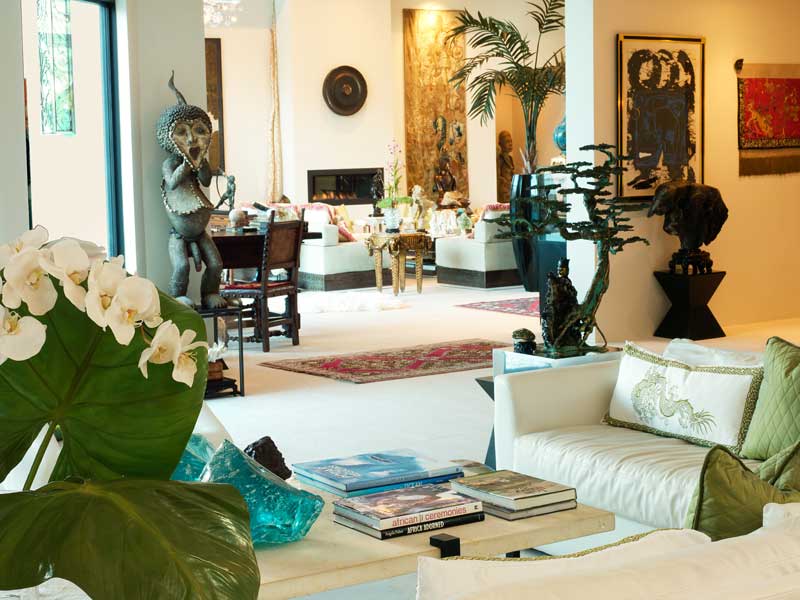
What did you do after your degree in Design?
TB: “I started with a very large prominent international architectural firm in New York City with over a thousand staff, globally. Eventually, I found my way to a Full Service Architectural and Interior Design Company, also of great fame, where it instantly became clear to me how important it was to understand and approach both disciplines together, at the same time.
“In 1987, I decided to start my own company with the concept of ‘Singular Vision’ as Frank Lloyd Wright referred to it as the beacon I’d follow and further explore.”
What was your first design job on your own?
TB: “A very well-known celebrity was going through a divorce and wanted her small apartment redone. She was in a dark place and wanted everything in her apartment dark. I felt strongly if I did that for her, she’d never get out of her depression. So we made a deal. I’d present two designs – one dark, one light. When I followed my instincts and showed her my design with light and cozy pieces, she loved it. Within a year, she stepped out of her depression, remarried, and was happy again.”
Is that when you realized you had a gift to hone into a person’s soul’s need?
TB: “That is when I understood that as a designer, I could make a difference in a way I’d never imagined.”
After much success in New York, what made you decide to leave it and come to Las Vegas?
TB: “Having spent over a decade to contemplate, meditate, and pray for clarity of my life purpose, I expanded my firm in 2006 to include a new office, and a new direction in Las Vegas, Nevada. With a powerful new mission and vision revealed, my focus is more than introducing my clients to a world of resources, artisans, and creating beautiful spaces. It is about impacting the human soul and the human experience through my designs. To create sanctuaries that soothe my clients’ souls, that call them to be more peaceful, more loving, more productive, and more joyful—environments that cause a rebirth of their connection to something higher.
“I seek out the soul of my clients so that it can be expressed AS their environment. The gift is not so much my ability to design but to reach into the essence of my clients and bring to light a brighter path toward their own personal fulfillment.”
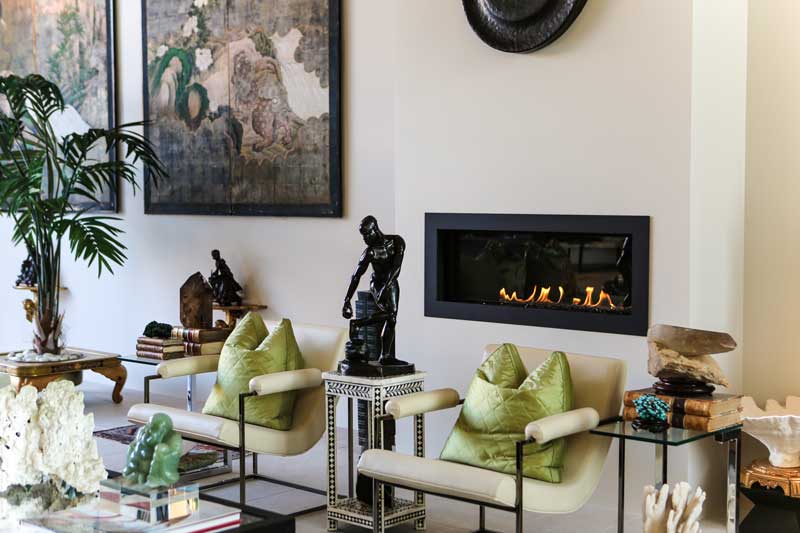
Are you glad you came to Las Vegas?
TB: “It was a big change, and it really wasn’t until I renovated the house that I’d purchased that I found myself again – spiritually. It was by simplifying the architecture and opening up my house to become part of nature and the outside that my soul was at rest and peaceful. It was more than transforming the architecture and design of the house into something very different. I was the one transformed at the end. I don’t have the vernacular to fully explain what happened, but it’s something I realize I’ve been doing for my clients for decades. Experiencing it for myself renewed my faith in what my life purpose truly is.”
What do you find different in designing today?
TB: “I’ve noticed that because of the egos of both designers and architects, there seems to be a greater divide between the two disciplines, resulting in an 8,000 sq. ft. house, where you’re eating in the kitchen, or there’s a 12-foot wide fireplace blocking an $8 million view of the strip. I see so many bad situations because the architect and the designer aren’t communicating. I’m working on a new process to bring that together in a new way that’s never been done before, which will save the clients’ money, hundreds of hours in time, and be almost what I’d say – idiot-proof – so anyone can have a perfect house in a snap of a finger. I’m working on this for new construction, but it’ll trickle down for renovations as well. Back to my original focus of Singular Vision, but in an entirely new way!
“I think it’s sad when I see a five-bedroom house whose Great Room can only seat 4 ½ people. No room for guests to watch the Super Bowl or other activities. Who invites a half-person anyway? We’re not designing for living, and certainly not for luxurious living. That is a big problem. Luxury Real Estate is a term I often hear in today’s market, and it’s a misnomer as it rarely reflects luxurious living. I believe it’s time to rethink and revisit what luxury is all about. Architects design from the outside in and designers design from the inside out. I think you need to be two-headed to be able to do both at the same time to bridge them back together.”

What do you say to your clients or anyone interested in collecting art?
TB: “First, be sure to create a home where art is comfortable existing. Then, learn everything you can about what you like. Go to museums, read art magazines, and study art in all ways available.
“As you can see, I’m collecting museum-quality pieces, and I’d love to bring that to my clientele here in Vegas. We don’t have that here now. You should only collect what you love, and don’t let gallery salespeople talk you into what they’re selling as a ‘great investment.’ Instead, know what you love, or what you purchase won’t give you lasting satisfaction.
“I try to find things that are unique—that have meaning, and that are true pieces of art, and not some manufactured tchotchke that can be purchased anywhere by anyone. I don’t consider that art of any kind.”
Who have some of your clients been over the decades?
TB: “Since the launch of my New York City firm in 1987, I’ve been fortunate to have composed a broad spectrum portfolio, including clients such as HRH King Hussein of Jordan, The Royal Family of Monaco, Foreign Ambassadors, as well as other foreign dignitaries and other world leaders who required confidentiality agreements. Rod Gilbert of New York Ranger fame and other American sport’s heroes, playwrights, including Tony Award winner Joe Dipietro of “I love You, You’re Perfect, Now Change” and TV and film celebrities worldwide. It includes fashion designers, CEOs of Fortune 500 companies, such as Ernst and Young, Bed Bath and Beyond, Japan Airlines, Atlantic Container and Shipping, Sotheby International, and many others. I’ve been a major force in designing and refurbishing interiors of many landmark buildings, including 100 United Nations’ Plaza, Lincoln Towers, Galaxy Towers, Lakeside Towers, The Oxford, The Savoy, The Carleton Regency, Nathan Hale Tower, 36 Gramercy Park, 10 West 74th Street, 941 Park Avenue, and many others in New York City.
In 2012, I was proud to be asked to design and create, “The City of The Future” in China for the Chinese Government.”
In spite of all his credentials and all that he’s accomplished, it is Thomas Burger’s innate understanding of what his clients need to find their own inner peace that makes him so remarkable. When they open themselves to what he has to offer, their home becomes their spiritual refuge surrounded by the beauty and energy of art and furnishings in their highest form. That’s why I say Thomas Burger is more than a designer.
